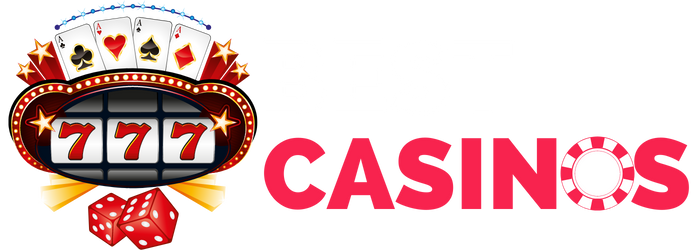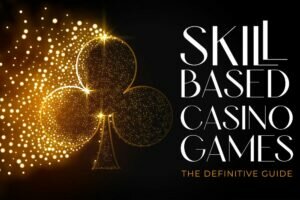Blackjack, AKA 21, is a popular North American casino game with a history of over a hundred years played worldwide. It is a Casino-banked game, meaning players would compete against the house instead of each other.
The game’s mission is to get a hand near 21 compared to the dealer without going above 21, which gets you busted!
Card Counting in Blackjack
Card reading allows players to determine who would have the next possible upper hand in blackjack by keeping the count of high and low-value cards in the game.
The mathematical proof that the cards of high value, such as picture cards, aces and tens, give an advantage to the player more than the dealer. On the other hand, low-value cards, including twos through sixes, are advantageous to the dealer, while the rest of the cards, like sevens, eights, and nines, are almost neutral, with no specific benefits for the player or dealer.
Several players believe that card counting needs an absolute level of intellect. The strategies of card counting vary based on difficulty levels. The most basic strategy lets the players follow a straightforward tally system that anyone can perform. Progressive card counting strategies involve complex point values, which let players be accurate but need precision in calculations.
Also Read: Our Latest Online Casino Reviews
How Does Card Counting Work?
Once the dealer is done shuffling the cards, there would be an equal number of high and low cards in the deck or decks. Based on what cards are dealt in the beginning rounds, the card ratio of highs to lows in the undealt cards left would possibly change.
For instance, if most low cards were okayed in the early rounds compared to the high cards, the rest of the undealt cards should have a higher ratio of high cards than low ones. And in case of vice versa, the countering cards would bet more as they have better chances of having blackjack and winning a double down.
The Hi-Lo strategy of counting cards is considered balanced, as it blends in high, low, and neutral cards in a deck equivalent to zero. The Hi-Lo system uses these touchstones to compute a running total of every card played by the dealer and players, called the ‘running count.’
Hi-Lo Strategy:
- The Hi-Lo strategy takes action after the dealer brings a new shoe to the table. The running count would be zero, as no cards have been dealt.
- Based on the blackjack game, cards will be dealt in a specific order across the table. This is when you should observe the dealt cards till then and evaluate the ‘running count.’
- As illustrated above and implying Hi-Lo Strategy, we understand Player A’s hand equals zero, and the same with Player B, Player C owns a Jack and an Ace, which means he is on -2. This scenario’s so far running count is -2.
- With players making more moves, you must make additions of these cards to your running count.
- Imagine that Player A and B is determined to hit. Player A gets a 6, which makes your running count -1, but Player B receives a 4, adding a value of +1. Player C stays to bring your running total to zero yet again.
Now, it’s time to add the cards the dealer has. The dealer holds a 5 up-card and flips their hole card, which turns out to be a King. Combining all together, these create a value of zero, which means the running count remains the same.
This time, the dealer chooses to hit and gets themself a 4. Now you know 4 is a low card worth -1. The dealer stands, giving you a running total of -1 as the round ends.

As the running count rises in the game of blackjack, so goes the player’s advantage. Here is when you should extend your bets. And if the running count seems to be decreasing, the advantage would be for the casino. We advise you to decrease your bets to reduce your loss in such a scenario.
What is ‘True Count’? How does it Influence Card Counting?
Does card counting seem to be a cakewalk until now?
This is when the casino kicks in the dose of complexity with more decks to the game. By doing this, they make it tougher to recognize the ratio of high and low cards remaining in the shoe. Players will have a hard time making precise bets on their running count as their advantage in a 6, or 8-deck blackjack fame is misdirected than the single deck 21.
This is when the ‘true count’ steps into the Hi-Lo system. This formula conveys the player’s advantage at a certain point in a multi-deck game of blackjack. To switch the running count into true count, just divide the running count by the number of decks left in the game, rounded to the closes half-deck.
| True Count = Running Count/ Decks Remaining |
When the true count inclines, your advantage also rises. Players should fractionally bet more as their advantage seems to rise and lower their wagers to the least when the house seems to have the advantage.
Is Counting Cards Legal in the United States?
Card counting is legal as per all local, state, or federal laws in the United States. It is illegal if a device or other individual assists a player in counting cards. Online and offline casinos are private establishments with the right to restrict card counters they think are winning a lot of cash from the table.
Winding Up
Hollywood has popularized card counting with movies like Rain Man and 21, and they have spread myths about the game strategies at casinos.
Casino games like blackjack are riskier as it involves financial loss. So, better learn the game before your step toward the table or else you’d go home losing all!
There are several online casino platforms which let users play blackjack. Take advantage of the card counting skills and strategies to be ahead of the competitors and the dealer to hit the blackjackpot.






